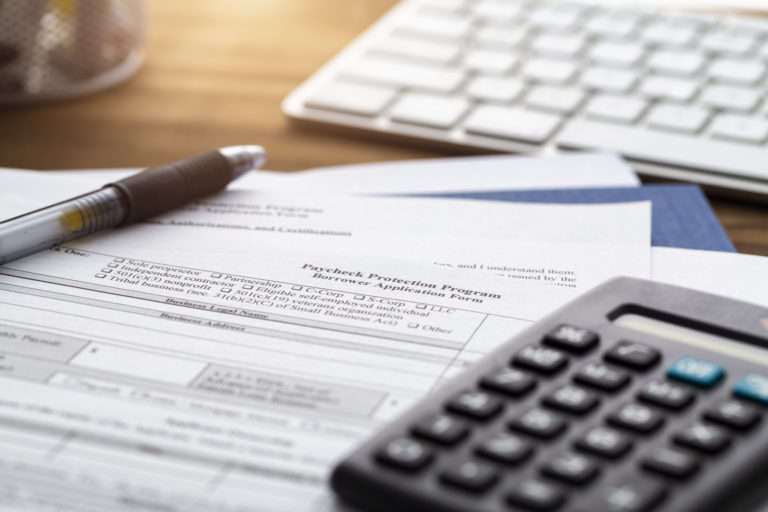The Biden Administration’s proposed regulations to the Superfund Excise Tax added a myriad of new complexities for manufacturers and importers. Many were still sifting through the robust implementation challenges from July 2022—when the law was reinstated by the Infrastructure Investment and Jobs Act (IIJA) after a nearly two-decade hiatus since the original law expired in 1995—when the new rules added even more of which to be aware.
Chemical producers, responsible for paying the excise tax to contribute to environmental cleanup, now need to make sure that their manufacturing, shipping, accounting and transaction systems are in compliance with new rules. If they fail to do so, they may face steep penalties.
In this article, we explore what producers should be aware of in the original IIJA Superfund law and the revised Internal Revenue Service (IRS) rules, to ensure a smooth, penalty-free transition into paying the new tax.
Changes from the IIJA
Prior to the recent rulemaking, the IIJA had already made significant changes to the original Superfund regulations. It vastly expanded the list of chemicals and substances that were subject to the excise tax, increased the tax rate for base chemicals, and opened up significantly more products to the tax by lowering the taxable chemical content threshold.
The list of chemicals that fell under the new regulations expanded to 50, and included all chemicals manufactured in the United States or which “entered into the United States for consumption, use, or warehousing.”
In addition to expanding the list, the law made several significant changes to provisions. It:
– Increased taxes on chemicals and altered tax formulas: The IIJA nearly doubled taxes on all chemicals on the list, and created a unique and new formula used to tax compound substances and byproducts containing taxable substances.
– Lowered the taxable contents threshold: Under the new law, all manufactured and imported chemicals with at least 20 percent of the weight or value of the materials used to produce, or contained in, the substance or chemical compound, will be subject to the tax. The former threshold was 50 percent.
– Increased the registration penalty: The penalty for a company’s failure to register their products increased from 5 percent to 10 percent of the total appraised value.
– Extended the expiration date: The tax will expire on Dec. 31, 2031.
Proposed regulations: What manufacturers need to know
In March, Treasury and the IRS came out with a revised set of updates and rules, mainly addressed at the problems and questions that stakeholders had around the ambiguity of the law as written in the IIJA.
Over a comment period that lasted from March until the end of May 2023, the IRS specifically asked for comments on several specific items in order for final rules to give clarity and address issues highlighted by companies and taxpayers. The proposals include the following sections.
Butane and methane
Butane and methane exemptions were left as questions in the original IIJA rules, specifically because they are used in both fuel production, and also for residential and industrial uses, fertilizer, feedstock or as methanol in other products.
The 2023 proposed rules differentiate between the two, and clarify that they are only subject to the Superfund Tax if they are being used for non-fuel purposes.
Chemical mixtures
There were originally questions about how the tax applies to substances that were mixed but not chemically bonded. The proposed regulations solve this by noting that the tax applies to the actual weight of taxable chemicals in the mixture that are not chemically bonded, including alloys, solutions, suspensions and colloids.
Method of production
The updated regulations also address how new chemicals can be added to the list in the future, noting that producers and importers must provide the IRS with the predominant method of production used for the product, meaning how the majority of product globally is created.
Foreign manufacturers
The IIJA was vague in how it differentiated foreign manufacturers, importers and drop shippers, and at which point the tax would be applied. The proposed regulations clarify that the tax will be applied to the importer at the first point of sale of the taxable chemical. The rules also clarify drop shipping, noting that purchasers are the technical importers of substances.
How to adapt
Companies should have already adapted to the implementation of the Superfund Excise Tax since its implementation in July 2022. However, it is important to continue to monitor new and existing imports and production to ensure compliance with the IIJA and proposed rules from the IRS to avoid lofty penalties.
Check tax reporting
Those responsible for paying the excise tax are responsible for doing so on a quarterly basis via IRS Form 720, and taxes owed will be reported via Form 6627. Both forms must be submitted together.
Take stock of all chemicals being manufactured and imported
It is critical to take a fresh look at what chemicals are being imported, whether the Superfund Tax applies, and if so, at what point their first sale or use—and therefore tax—comes at. This will establish who is liable for the tax, and at what point the cost is passed down.
Taxpayers should confirm that the form is submitted quarterly, and that it includes the Superfund Tax figures.
Butane and methane producers
The exceptions outlined above means that butane and methane tax is added farther down the production line than other chemicals. Butane and methane producers should know where that juncture falls in their production line, and whether they are attributing the tax to their product.
Update manufacturing data
With the implementation of complex IRS transaction data requirements around the tax, companies should reevaluate how they are recording and complying with the IRS’ needs. While there are generally systems already in place, often they have gaps and missing pieces that the IRS requires for the Superfund Excise Tax.
Many chemical producers have already brought their importing and production systems in line with Superfund Tax requirements—and many have not. For those evaluating their compliance, it is critical to be aware of the various components listed in this article, and seek professional accounting expertise for guidance. For more questions about the Superfund Excise Tax and its impact to your business, contact your Windham Brannon advisor today, or reach out to Andrew Jones.



